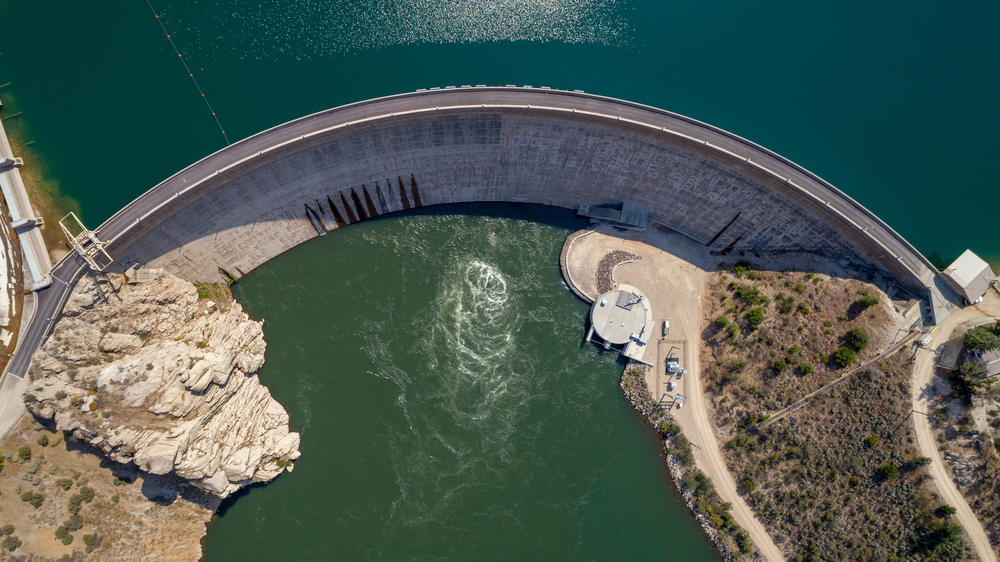
Earlier this summer, I heard a policy planner refer to energy as a 100-0 issue. We may disagree about how to get there, but everyone wants the lights to come on when we flip the switch. Securing reliable, affordable, and sustainable energy sources requires planning, investment, and execution that often goes unseen. In July and October, I participated in a 60-hour training program designed to reveal just how much goes into our energy system.
The Legislative Energy Horizon Institute (LEHI) brings together legislators from around the nation to learn about energy generation, transmission, and policy at the state and federal levels. The detailed presentations covered every aspect of current and future energy production, including how it ends up in our homes and powers our world. From pipelines to fuel cells, we explored the challenges of adapting and growing our grid to support our demands for ever more energy.
By putting legislators from different states in the same room, LEHI created an opportunity for us to share ideas about what’s worked (and what hasn’t) in our states. We agreed on a lot of areas and disagreed on a bunch of others. But in the end, we found ourselves talking about the issues from a much more informed position and with a strong desire to keep learning more.
In Idaho, I’m grateful we’re serving as a place to test and plan for a strong energy future. The next-generation nuclear reactor program at the Idaho National Laboratory (INL) will pay big dividends for building a resilient grid. In addition, INL’s advanced grid research will matter as we continue to add different power generation methods and more devices hungry for electrons.
Beyond the research, we’re lucky to live in a region with abundant and renewable hydropower systems. Many legislators from Eastern states said they wished their energy systems had greater access to hydropower. Our dams and turbines provide a critical backbone for energy generation in the Pacific Northwest, and our future energy needs depend on the contributions of this vital resource.
No single energy source or policy represents the sole answer to a secure energy future in Idaho. Instead, we must use all the available resources and create a strong and diverse pool to meet our energy needs. From our traditional sources of water and natural gas to the innovative solutions of next-gen nuclear and hydrogen, we have the knowledge and skill to ensure our energy grid delivers reliable, affordable, and sustainable energy to Idahoans.
We must press forward and embrace our role as an energy leader in the region and the nation. It means making long-term investments in critical infrastructure. It also requires protecting our resources while making smart decisions that reduce red tape. Finally, it demands that we work together to take full advantage of all the incredible opportunities that await our state. We can do great things in Idaho, and I’m looking forward to helping move our energy future forward.
This column originally appeared in the Post Register.